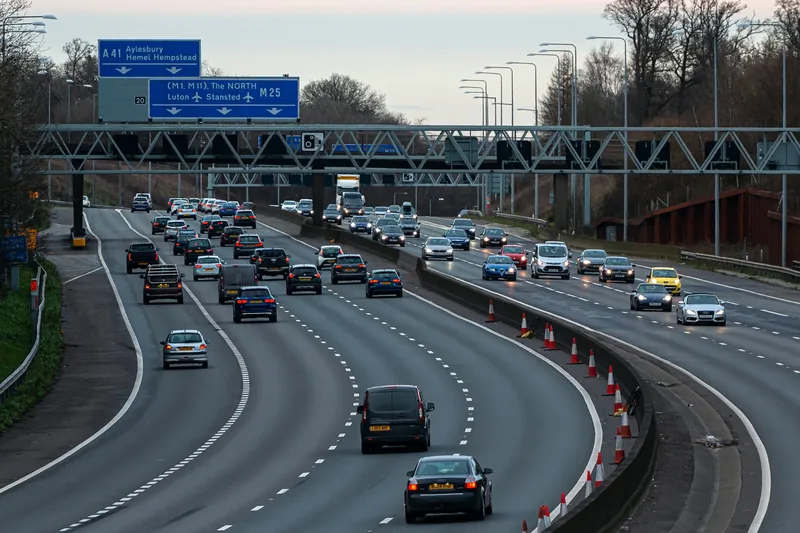Clearview Traffic’s Astucia IRS2 hard wired intelligent road stud, originally developed to meet the requirements of the UK’s Hindhead Tunnel project, has received type approval from the UK Department for Transport (DfT). The road studs had to meet stringent regulatory, technical and safety requirements for the purposes of carrying out road tests in accordance with the provisions of British Standard BS EN 1463-1:2000 and, to complete the type approval process, underwent a year’s endurance trial to prove thei
April 30, 2013
Read time: 2 mins
The road studs had to meet stringent regulatory, technical and safety requirements for the purposes of carrying out road tests in accordance with the provisions of British Standard BS EN 1463-1:2000 and, to complete the type approval process, underwent a year’s endurance trial to prove their robustness and durability whilst deployed in the road.
The road stud incorporates the latest light emitting diode (LED) technology to provide drivers with lane delineation and advance awareness of the road layout ahead, giving them more time to react accordingly. According to the company, the studs are suitable for a wide range of applications from dynamic lane marking to pedestrian crossing systems, and are effective in all lighting conditions.










